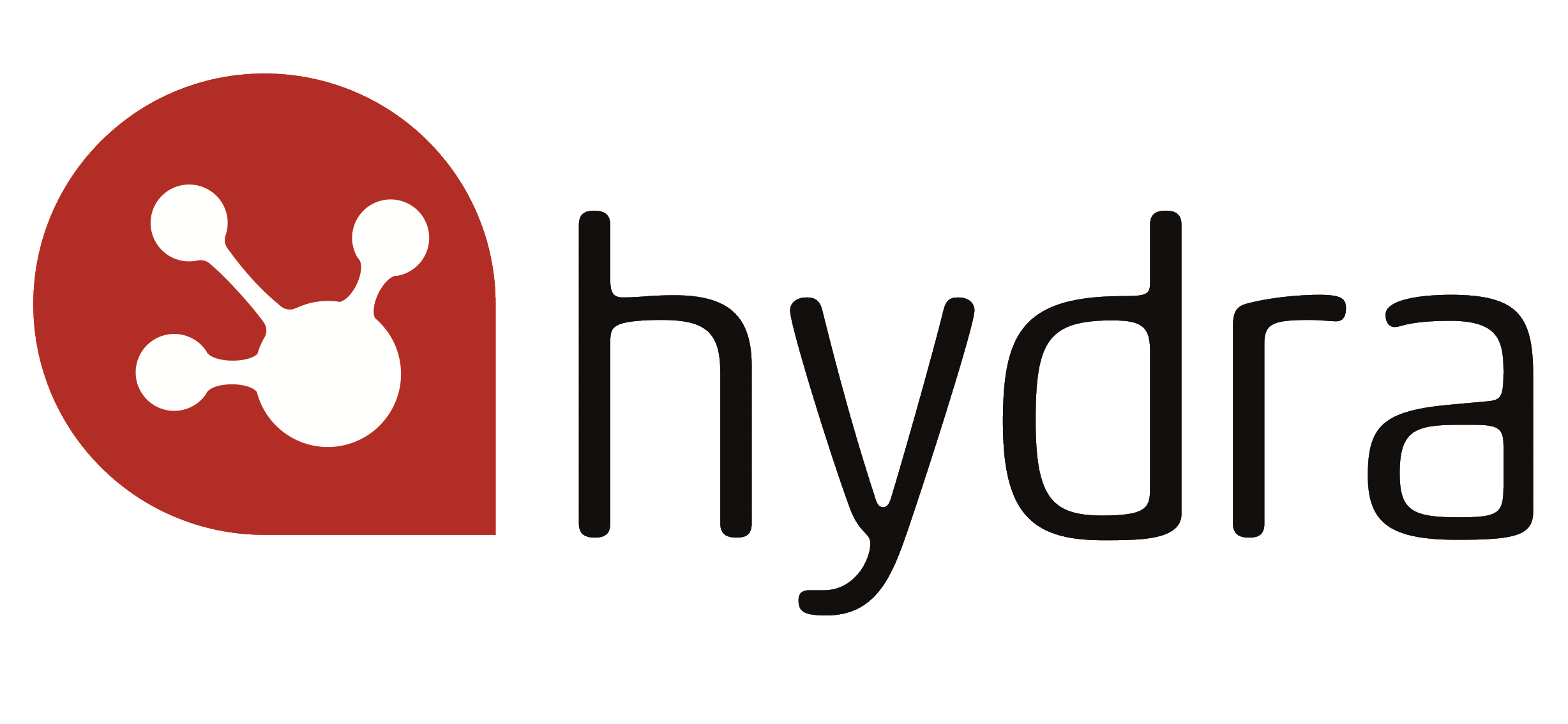Why are projects like humans? They both need to be healthy to operate at their optimum.
As humans we often ignore the warning signs of ill-health such as the onset of sneezing. We carry on because we have to complete that proposal or meet that deadline. Gradually the sneezing worsens and eventually turns into flu. The symptoms are now so bad that we are unable to function and we admit defeat and take to our bed. Maybe if we had spotted the warning signs and taken action to rest as soon as we realised we were getting ill, we could have recovered quicker and got back to health sooner with less time lost.
It's the same with projects. Recognising the warning signs that a project is becoming unhealthy are sometimes not that easy to spot, or maybe we simply ignore them.
Not every project is delivered on time, within budget and is a resounding success. Projects are notoriously difficult to organise and execute, and although it would be lovely if every project progressed without a hitch, this is simply not an accurate reflection of the real world. The statistics suggest that as many as 70 percent of projects end in failure, so it is important that we know how to spot the warning signs and understand what action to take.
Research from the Project Management Institute (PMI) shows that in 2015, the leading causes of project failure were:
- Change in organisation’s priorities – 40 percent
- Inaccurate requirements gathering – 38 percent
- Change in project objectives – 35 percent
- Opportunities and risks were not defined – 30 percent
- Inadequate/poor communication – 30 percent
- Inadequate vision or goal for the project – 30 percent
- Inadequate sponsor support – 29 percent
- Inadequate cost estimates – 29 percent
- Resource dependency – 25 percent
- Poor change management – 25 percent
With project failure far from an isolated event, what are the symptoms to watch for and how can you treat them before they escalate?
1. Project scope
Every project needs a clear baseline for the scope of the work and its projected cost before it can begin. All projects will undergo change when they reach the delivery phase, and these change implications should be reported against the baseline so the project management team understand the likely cost at any point in time. Any project that does not have a clear scope or associated cost estimate is effectively out of control, which is a major warning sign. Ensure that the scope is agreed and signed off by all stakeholders and sponsors from the outset and hold off starting project work until sign-off is complete.
2. Scope Creep
So your project is progressing well and you are keeping within timescales and budget. Gradually a few little requests come from stakeholders and sponsors, causing a shift in priorities and the agreed project plan just very slightly. You reluctantly agree to the first few changes, but after that more seem to come and before you know it all the seemingly insignificant requests are gradually chipping away at your timescale and your budget.
In this situation it is important that every slight change in scope is clearly examined and risk assessed using "What if" software. The consequences of the change need to be demonstrated to all stakeholders and sponsors clearly and transparently so they fully understand what the change means to the project in terms of timescale and budget. Clear, transparent communication enables them to make decisions based on factual evidence of consequences of the change and in turn they can make a rational, informed decision whether or not to go ahead with the change.
3. Project Goals
Realistic project goals and agreed success criteria is key to ensuring the success of your project and setting goals using sound project planning methodologies and a data-driven approach is good practice.
By establishing and communication clear, realistic project objectives your team can focus on these goals and make decisions based on them. Unclear goals and objectives can easily turn goal setting from a structured and well-organised process to a chaotic list of goals and milestones you cannot control.
4. What are the risks?
Anything less than total clarity of the risks at the start of the project could lead to the risks being compounded by the pressures of the delivery phase. Between time constraints, technical challenges and resource issues, things can easily go wrong, and often do, for example one essential team member suddenly gets pulled onto another project.
It is important to carry out a full risk assessment of your project using risk management software so that you can minimise or eliminate any risks entirely. Identifying and understanding the issues that will impact your project means that you can develop an effective risk management strategy and plan.
5. Your stakeholder engagement
A lack of stakeholder engagement or general disinterest is one of the earliest warning signs of impending problems further down the line. If stakeholders are disengaged and alienated it will be extremely difficult for your team to achieve the desired result. Stakeholder apathy could mean there’s no way to measure what success or failure would be. Even if you deem the project a success, stakeholder resentment towards the project could mean that regardless of the result, it is viewed as a wasted exercise.
Spend time preparing your stakeholder buy-in strategy. Clearly identify who the key stakeholders are with stakeholder mapping. Take the time to identify the people, groups, sponsors, partners or resources that will be affected by the project or change. Include any roadblocks to a successful outcome. Stakeholder mapping and analysis is a great way to assess each stakeholder and the impact they will have on your project. Stakeholder analysis also has the goal of developing co-operation between the stakeholder and the project team, assuring successful outcomes for the project.
Identify your stakeholders key requirements and engage with their head, heart and hands
- Frequent targeted communications help the head to understand, intellectually, why the change is necessary and what the benefits will be.
- Next, stakeholders come to believe in their hearts that the change is the right thing to do for the company and themselves personally. If they can see how the change will benefit themselves they are more likely to accept the change.
- Finally, the hands must become competent through training and practice to bring the change to fruition.
Don't forget your Senior Management. Lack of support from senior executives sometimes happens because they are under time pressures and simply don’t have enough time to devote to your project. However, lack of buy-in from Senior Management is one of the reasons projects can fail so helping to on-board them is critical. Ensure you are having good quality, honest conversations and actively engaging with senior leaders. To help support senior leaders, why not ask them how you can help them free up some of their time, or make a list of specific actions they can take to ensure buy-in at all levels of the organisation. Presentations or 'town-hall' style meetings are a great way for senior executives to communicate the benefits of the project to the rest of the organisation. It builds trust and demonstrates to people that they are on-board with the project.
Your project health monitor
Hydra software is like a health monitor for your project. It offers you a true view of what projects can actually be completed with the resources you have. It also provides better visibility to identify the potential risks of your projects and prioritise them at the outset. The result is reduced project failure and a better understanding of if, and when, to pull the plug. Discover how Hydra can empower your project delivery by helping to define, execute, control and govern your projects, to ensure consistent and successful results every time a project is delivered.
Further reading
How to gain stakeholder buy-in
10 Reasons Why Visibility of your Data is Key to Project Success
3 Reasons Why Having a Knowledge Management Strategy is Important for organisations
3 Steps to Better Managing Risk in Your Projects


